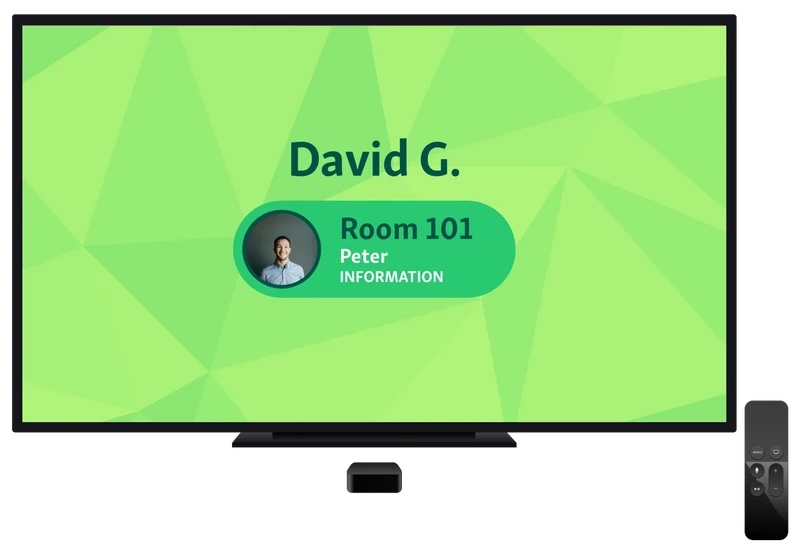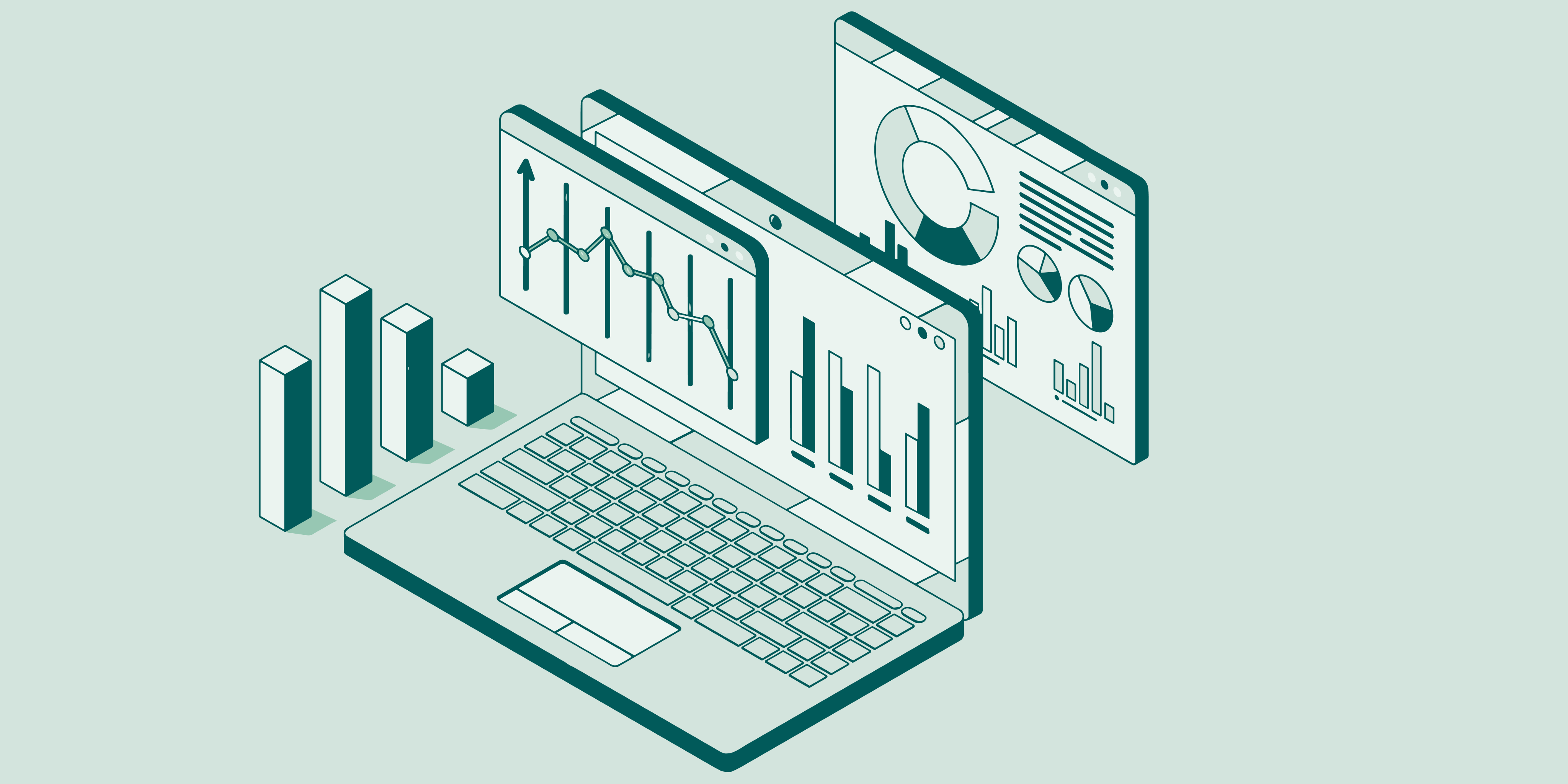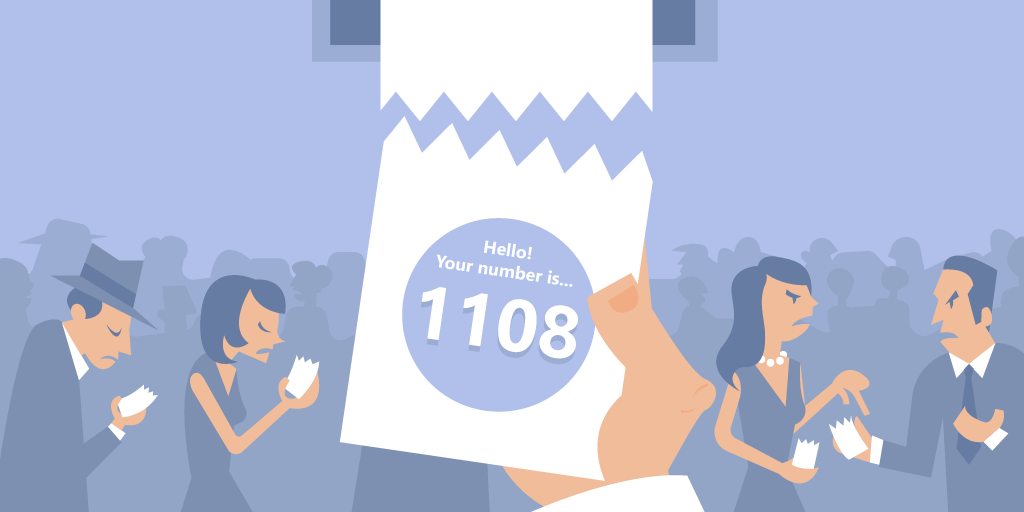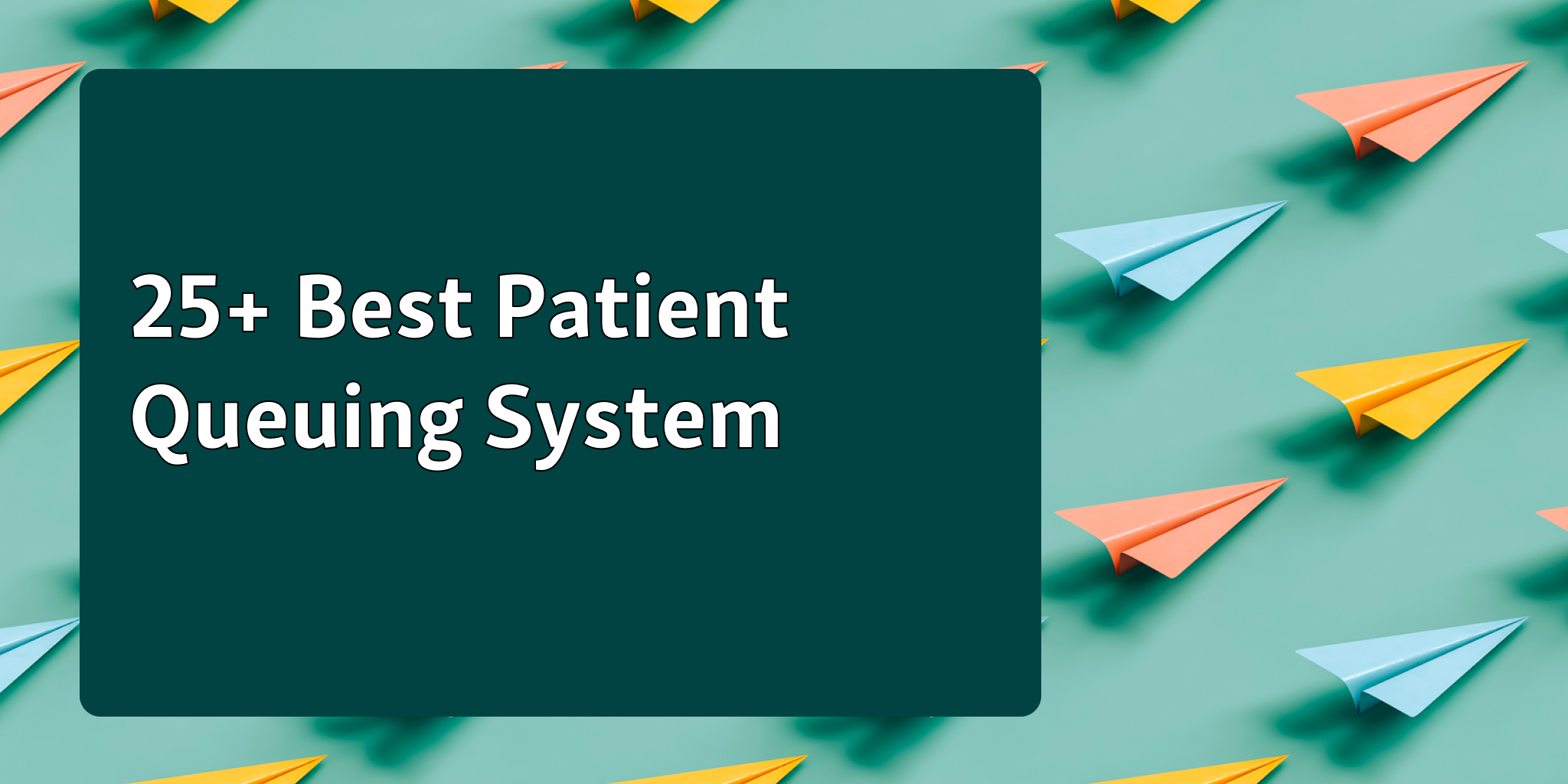In many local government offices, waiting room TV software is commonly used to show ticket numbers and manage queues efficiently. From DMVs to city halls, these displays help staff keep things organized and reduce confusion among visitors.
But waiting room displays can do more than just track who’s next. They can engage citizens, share important updates, and provide helpful information while people wait. By exploring modern waiting room ideas, offices can turn idle time into a positive experience.
With thoughtful waiting room design ideas, these screens can educate, entertain, and even promote community programs, making every visit smoother and more enjoyable for both staff and the public.
In this blog, we’ll look at creative ways local government offices can use waiting room TV software to go beyond simple queue management and improve the citizen experience.
7 Creative Ways to Use a Waiting Room Display in Government Offices
Waiting room displays can do more than show ticket numbers. They can engage citizens, share important updates, and make the office experience more pleasant. Here are seven creative ways to use a waiting room display in government offices:
1. Share Community Updates, News, and Stories
Waiting room displays don’t need to stick to just ticket numbers. With the right waiting room TV software, government offices can keep citizens informed and connected while they wait. You can share local news, upcoming events, safety alerts, or even highlight community stories and achievements.
Here are some ways to make it work:
Show upcoming workshops, community programs, or library events.
Display road closures, safety notices, or weather updates.
Highlight local heroes, volunteers, or milestones in community projects.
Rotate content regularly so every visit feels fresh and engaging.
This way, waiting time isn’t wasted. Citizens leave more informed, more connected to their community, and with a more positive impression of your office.
2. Highlight Public Service Announcements
Waiting room displays are perfect for running public service announcements. Instead of just numbers, you can show short videos or slides about city programs, safety tips, or policy updates. This keeps citizens informed without taking up extra staff time.
Some ways to use this effectively:
Play videos on recycling, health check-ups, or community safety.
Share slides about policy changes or new public services.
Rotate content frequently so returning visitors see something new.
This approach not only educates citizens but also makes the waiting experience feel purposeful and engaging.
3. Promote DMV Online Services
Waiting room displays can guide citizens toward online services. Instead of only watching their ticket numbers, visitors can learn how to complete forms, renew licenses, or schedule appointments online. This reduces the crowd at service counters and shortens wait times.
Ways to make this effective:
Highlight step-by-step instructions for online renewals.
Showcase QR codes or links to self-service portals.
Remind visitors about the benefits of using online services, like faster processing and fewer errors.

This not only helps citizens save time but also eases the workload for staff in government offices.
Also read - Best Practices for Managing High-Demand DMV Services
4. Provide Educational Content
Waiting room displays can do more than manage queues. They can teach. Showing simple guides on government processes helps citizens use services more confidently. For example, you can explain voter registration steps, how to file taxes, or how to apply for permits.
Some ideas:
Short, step-by-step visual guides for common procedures.
Tips for completing forms accurately to reduce errors.
Highlight deadlines and important civic dates to keep citizens informed.
This approach turns idle wait time into productive learning and reduces confusion when citizens visit in person.
5. Use Waiting Room TV as Smart Signage
Instead of showing static seating or décor tips, your waiting room TV can act as clear, dynamic signage. With Qminder’s Waiting Room TV, you can guide citizens to the right counter, service desk, or office in real time.

Here’s how it helps:
Display visitor's name alongside the exact counter or room to go to.
Show clear directions that reduce confusion and bottlenecks.
Update instantly if lines change or counters close.
This way, citizens don’t have to guess where to go. The waiting room feels more organized, and staff spend less time answering “where do I go?” questions.
6. Introduce Interactive Citizen Polls and Feedback
Waiting room displays can engage citizens directly by inviting them to share opinions or vote on community initiatives. This makes their time in the office more interactive and gives staff valuable input.
Some ideas:
Quick polls on upcoming local events or programs.
Feedback prompts on recent office services or processes.
Short surveys that let citizens rate their visit experience.
This approach not only keeps visitors engaged but also helps the office collect insights to improve services and show that citizen voices matter.
7. Celebrate Local Culture and History
Waiting room displays can also be used to showcase the identity of the community. By featuring local art, historical photos, or cultural highlights, government offices can create a more welcoming atmosphere that reflects pride in the community.
Some ideas:
Display rotating exhibits of local artwork or photography.
Share “on this day in history” moments tied to the city or region.
Highlight cultural festivals, traditions, or heritage sites.
This transforms the waiting room into more than just a place to pass time, it becomes a space where citizens connect with the culture and history of their community.
You might also like - 5 Ways to Enhance Customer Experience in Government Services Like DMVs and City Halls
Why Creative Waiting Room Displays Benefit Local Government
Using waiting room displays creatively does more than show ticket numbers. They can actively engage citizens, keep them informed, and make their visit smoother.
Improved Citizen Engagement: With Qminder’s waiting room TV software, offices can share live queue updates and waitlist information in real time. Citizens feel more connected and informed while they wait.
Reduced Perceived Wait Times: When citizens see helpful content or entertaining visuals on the waiting room display, they are less focused on waiting. Real-time updates about their queue status keep them aware and relaxed.
Cost-Effective Communication: Instead of printing flyers or posters, a waiting room display can broadcast messages, service alerts, and educational content instantly across multiple service locations.
Make Waiting Room Displays Work Harder
Waiting room displays in government offices are more than a tool for managing queues. They can inform, educate, and engage citizens while improving their overall experience.
Creative content keeps visitors aware of community updates, services, and local stories, while real-time queue updates reduce frustration. When designed thoughtfully, these displays can transform waiting areas into spaces that feel welcoming and efficient.
Qminder’s waiting room TV software makes it easy to bring these ideas to life. From real-time queue updates to engaging content, Qminder helps public sector offices improve service and citizen satisfaction.
Explore Qminder today and see how it can upgrade your waiting room today.
Yes. Modern waiting room TV software can connect with appointment scheduling tools, digital signage platforms, and visitor management systems. Integration ensures that queue updates, announcements, and educational content are accurate and synchronized across multiple channels.
Content can be tailored to local needs, including multilingual announcements, seasonal campaigns, or department-specific updates. Customization ensures citizens see relevant information while waiting, improving the perception of your public sector queue management system.
Many waiting room display solutions include analytics to measure how often content is viewed and which messages hold attention. Tracking engagement helps refine future content and ensures your waiting room TV software meets citizen needs effectively.






